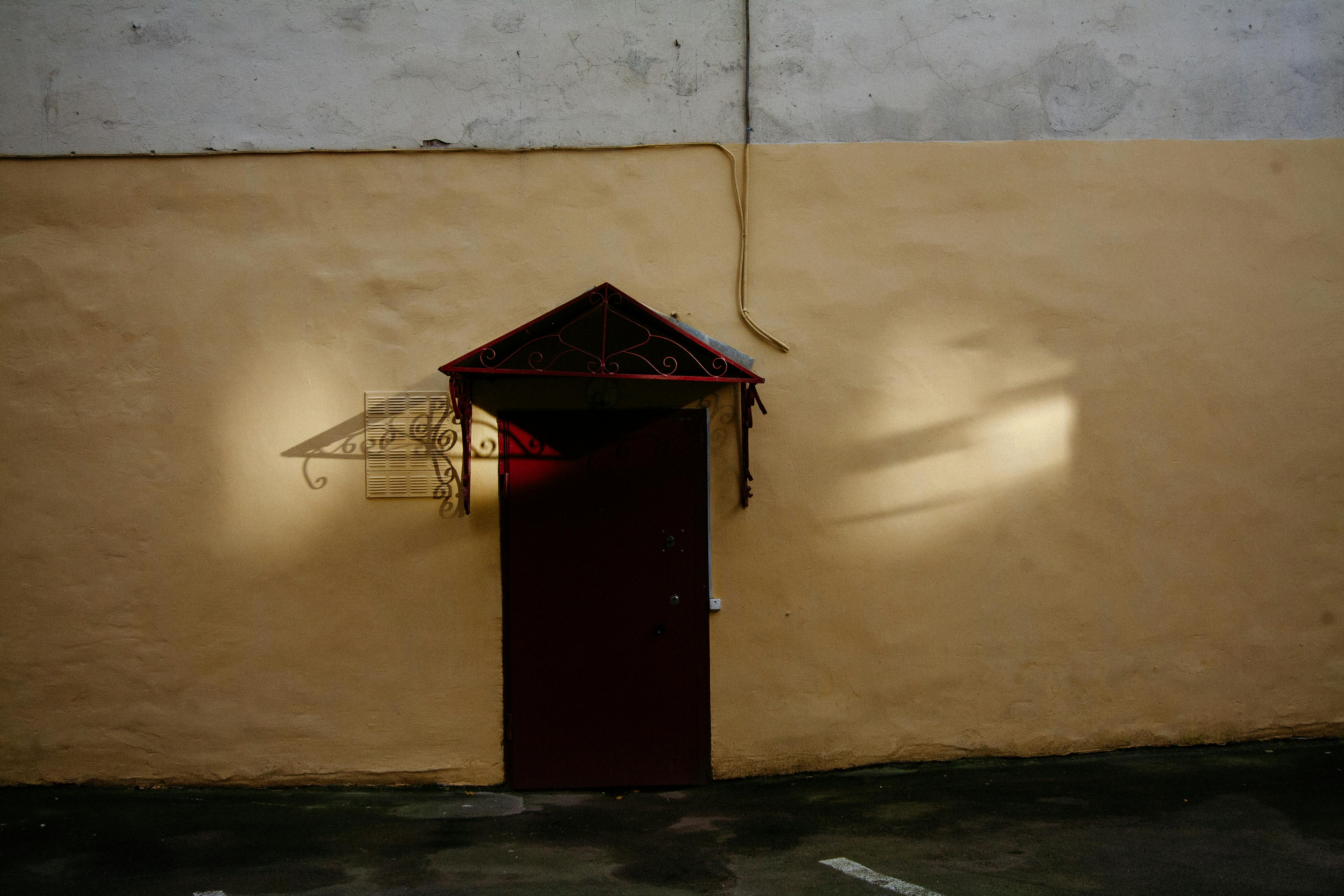
Foundation and basement waterproofing
The foundation of any home is one of the most critical components of the structure. It literally holds the structure in place and supports its entire load. Although often neglected, foundation problems are one of the most serious problems any home can have. The vast majority of these problems are the result of prolonged exposure to water.
As a general rule, concrete is not fundamentally an impermeable material. Normally, seamless concrete will repel liquid water; however, water vapor and moisture are different animals and will easily penetrate any type of concrete that has not been effectively treated. Crawl spaces and wet or damp foundations can cause a host of other problems and are a breeding ground for harmful mold that can pose a health risk to anyone in the residence.
Basement waterproofing and drainage are absolutely essential to building and maintaining a stable moisture and water resistant structure. Depending on where your house is located, the topography of the land, the climate, and the depth of the foundation, the waterproofing process can be quite simple or more complicated.
The main basement and foundation waterproofing systems can be divided into three basic elements:
drains – Adequate drainage is necessary to divert water from the bottom of the foundation. In areas receiving excessive rainfall or runoff, an interior drainage collection pipe and ditch may be used in conjunction with a sump pump to handle the abnormally high volume of water.
wall treatment – Treating your foundation or basement walls will block moisture from entering and redirect water to drains. The waterproof treatment also substantially increases the life of the walls by reducing cracking, splitting and fading.
ground treatment – The soil surrounding the foundation is treated to keep surface water away from the structure. Fundamentally, the most important aspect of this is qualification. The surrounding soil grade must provide positive drainage away from the house, not direct water toward the house. In addition, a complete gutter system can greatly assist in proper surface drainage. Smaller gutter sizes clog more easily and overflow much faster in heavy rain, so be sure not to install gutters that are too small. The gutters will collect the water from the roof and divert it away from the exterior foundation wall with downspouts.
These three components working together will never completely block water or moisture from entering the foundation; however, the reduction in contact with liquid water and moisture is well worth the initial investment to have these measures properly installed. As with many things in residential construction, it will usually be much cheaper and easier to properly treat a basement or foundation the first time, rather than attempt to repair a compromised foundation later.
Properly waterproofing a foundation or basement will not only extend its life, it will also serve to improve living conditions for you and your family by helping to reduce mold growth and a generally unpleasant humidity and environment. If you are looking to move to another location or are building a new home, always get as much information as possible about how the home was or will be built and what waterproofing and drainage measures were taken.